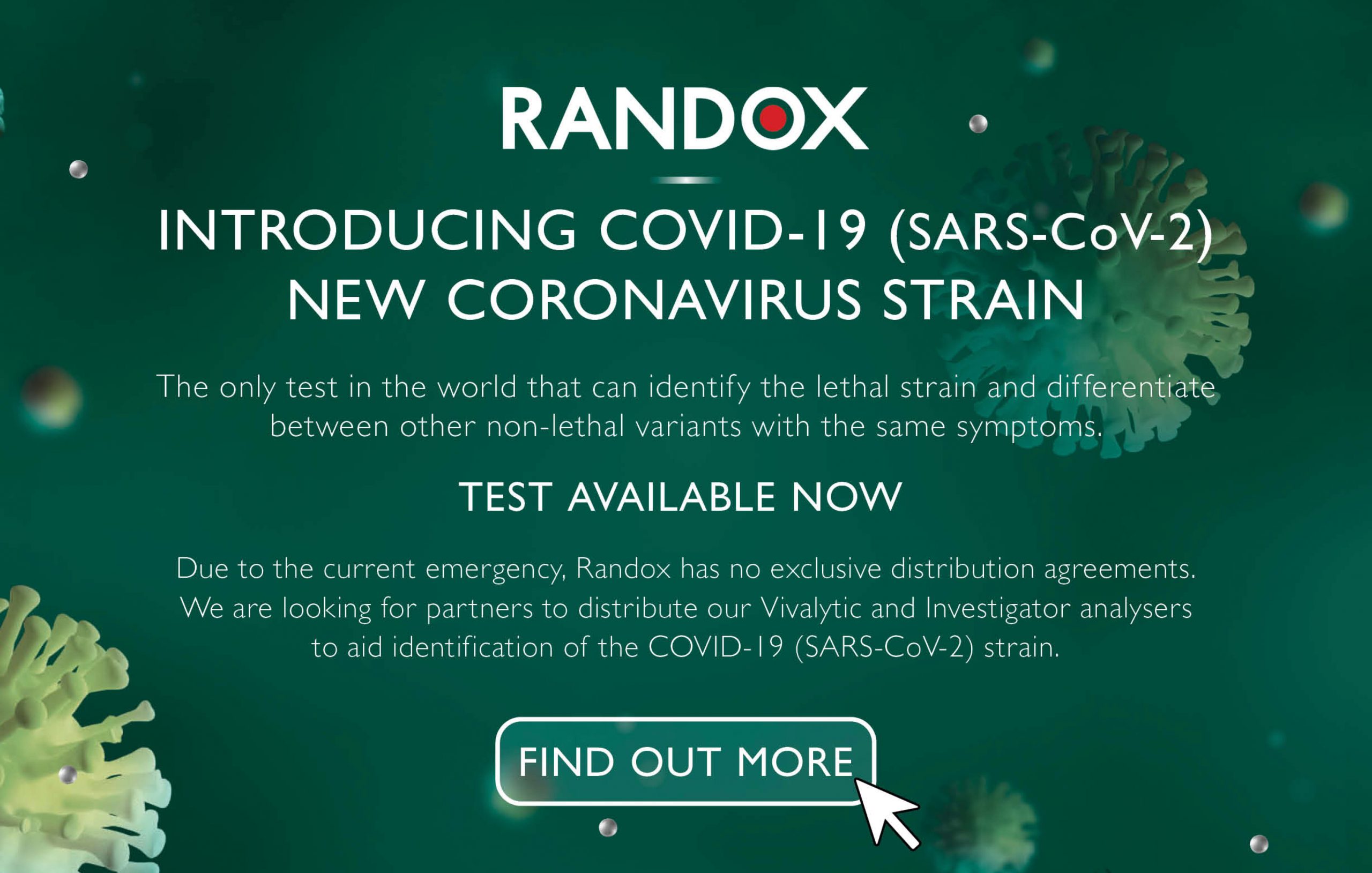Randox Quality Control – More than EQA
Randox Quality Control – More than EQA
Did you know that Randox is the company behind the RIQAS EQA scheme? RIQAS (Randox International Quality Assessment Scheme) is just one area of our comprehensive Quality Control portfolio. As such it is our resolution this New Year to introduce Randox as the brains behind RIQAS and show you that we are more than just an EQA provider by sharing our passion for laboratory QC.
Who are Randox Quality Control?
At Randox we believe in producing high quality material that can help streamline procedures, whilst saving time and money for laboratories of all sizes and budgets. With our extensive product offering comprising third party QC sera, interlaboratory data management software and calibration verification products, you can be sure that our complete QC solutions will provide you with a comprehensive overview of laboratory performance.
Seeing the complete picture with Randox QC
Acusera QC sera
As one of the largest manufacturers of true third party, commutable controls we deliver high quality, cost effective quality control solutions designed to accurately assess instrument performance and provide confidence in patient test results.
Acusera 24.7 interlaboratory data management
Acusera 24.7 enables you to drive for more accurate results by helping you to monitor and interpret QC data. With access to an impressive range of features, including the automatic calculation of Measurement Uncertainty, Total Error and Sigma Metrics, Acusera 24.7 ensures analytical quality.
RIQAS EQA Scheme
RIQAS is employed by more than 45,000 laboratory participants in 124 countries. With frequent reporting you will identify errors sooner ultimately reducing the need to carry out preventable, expensive retests on a large volume of patient samples.
Acusera Calibration Verification sera and software
The Acusera linearity sets cover a wide range of clinical testing including; cardiac markers, therapeutic drugs and proteins. Designed with convenience in mind, the range ultimately helps you to meet CLIA requirements for calibration verification and the assessment of linearity.
Randox QC Resources Hub
Beyond selling laboratory QC we are also passionate about education, offering a range of educational guides, seminars and webinars, with more to come throughout 2017. Check out our QC resources hub for our current educational material and let us know what educational material you would like to see.
For more information, or to request a visit from one of our QC Consultants, contact us via acusera@randox.com.
Now featuring Sigma Metrics, Measurement Uncertainty & Total Error

We are delighted to announce the launch of Acusera 24.7 Live Online Version 1.6, now featuring automatic calculation of Measurement of Uncertainty, Total Error and Sigma Metrics.
Automatic Uncertainty of Measurement calculation; helping to meet ISO 15189:2012 requirements
The new Uncertainty of Measurement report automatically generates and displays the Measurement Uncertainty (UM) of all QC tests currently in use helping you to easily meet ISO 15189:2012 requirements.
To calculate UM, users must first enter the SEM of their intra assay precision (A) for each individual test and each level of control. This is based on a minimum of 20 replicates performed within the same run. Based on performance history, the Acusera 24.7 software will then automatically calculate the SD of the inter assay precision (B). The software then uses the following formula to automatically calculate the UM.
Since UM is calculated using SD and one SD is equal to 68% confidence on the Gaussian curve the software multiplies the UM by 1.96 to attain the Expanded UM and a confidence level of 95%.
The report can be filtered by date to display data from a specific date range and may also be exported to CSV or printed.
Improve QC strategy design with our new Statistical Metrics Report
The Statistical Metrics Report facilitates enhanced performance assessment by incorporating several new metrics including; Measurement Uncertainty, Total Error (TE) and Sigma.
%Bias provides an indication of your laboratories performance compared to the peer group mean, while TE gives an indication of the overall error within a test system taking into account both imprecision and inaccuracy (bias). The availability of a Sigma Metric for each test is useful for designing an appropriate QC strategy. For example methods with a high Sigma score generally require less stringent QC strategies than those with a low Sigma value.
Sigma is a measure of the number of Standard Deviations (SDs) that fit within the total allowable limits. It is generated automatically by the software using the following formula:
- TEa – Total Allowable Error
- %Bias – Deviation from the target
- %CV – Imprecision of the data


